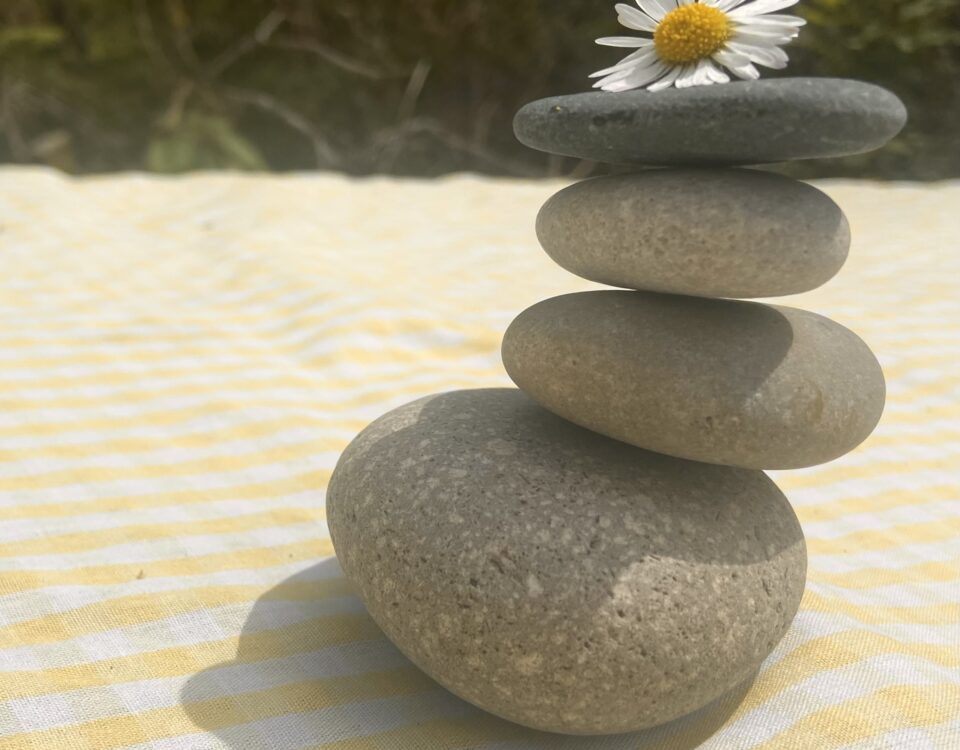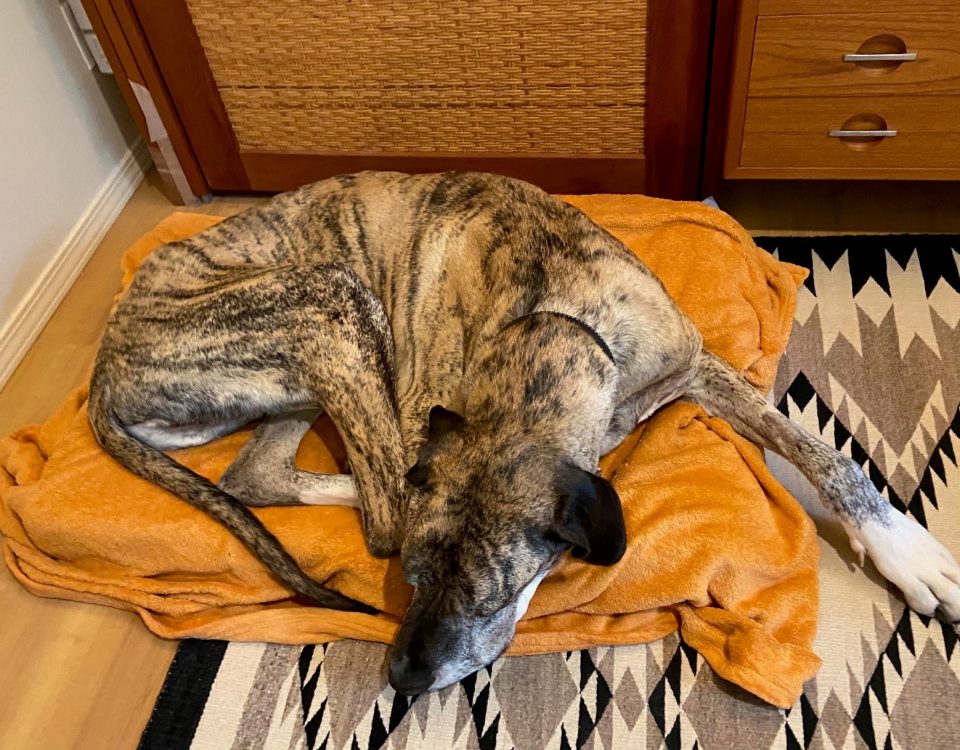Early Thanksgiving
October 16, 2011Shall We Dance
October 31, 2011Yama This
Mimicry represents a form of flattery, or so I’ve heard.
When I discover my writings cut and pasted into other yoga web sites, ‘flattered’ isn’t how I feel. Irritated, yes. Annoyed that pieces — sometimes verbatim, sometimes slightly reworded — appear out of context and with no reference to the resources in the original.
It delights me to share the benefits that yoga brings to others, like me, with movement disorders. I’m honored to work with fellow teachers so they can best meet the needs specific to our ways of moving. When the word is grabbed rather than shared, though, my heart sinks a little. Its from being disappointed because the benefits of yoga for Parkinson’s seem secondary to benefitting one’s own studio, web site, class offerings.
But, on last check, the yamas – our yogic ways of being – do not list flattery, irritation, annoyance or disappointment among them.
Ahimsa guides me wish no harm. No harmful judgment. There’s a part of me, however, that becomes protective. If someone with Parkinson’s stumbles — and stumble we do — into a studio that isn’t equipped to meet their needs, will the teacher seek out information about the disease and the best approaches to a safe and effective practice?
Satya leads me to trust in the truth, in the heart of why we teach, in the belief that the other 99 percent of the teachers I’ve encountered are true guides. And they are. I’ve had the opportunity to interact with so many caring teachers. Why, then, am I fixated on the very few whose common ground springs from common words in articles and postings?
Asteya urges me to refrain from stealing away time, energy, perhaps good intentions by returning to non judgment. Bracmacharya suggests I not indulge these feelings of irritation, annoyance. Feel them. Let them go.
Aparigraha brings it all home. Let it go, for it is not mine. I don’t own the information. Practice non attachment. Except, I do admit to clinging to the idea that we are all in this together, all of us who teach and continue to learn about yoga. So, yes, cut and paste and share. But please include the resources, the full story behind the writing, and the even larger context from where my words derive: I’d rather not be teaching yoga for Parkinson’s. I do not relish in discovering further pose adaptations for those with advanced stages. I’d rather there were no Parkinson’s, that I and those I’ve come to know and care for in the Parkinson’s community were not facing the inevitable progression into advanced stages.
In the meantime, as B. K. S. Iyengar says, “Yoga teaches us to cure what cannot be endured and to endure what cannot be cured.” As long as no cure exists for Parkinson’s, I will use the yamas as my guide in bringing yoga’s benefits to people with movement disorders. Or at least I’ll try.


